There are an assortment of techniques and treatments in an orthodontist’s toolkit, braces being the most common and best known. Of course, there wouldn’t be any tools at all if teeth couldn’t move naturally.
Teeth aren’t directly connected to the jawbone. An elastic tissue called the periodontal ligament lies between each one, with tiny fibers attaching to the tooth on one side and to the bone on the other. The ligament’s elasticity and other qualities allow micro-movements of the teeth as we bite.
The ligament can also adapt to changes in the mouth and teeth by allowing the teeth to move to different positions. That’s the basic concept behind braces: we thread a thin wire through brackets attached to the teeth, which we then attach to anchor points (usually back teeth not intended to move) and apply tension to it. Gradually over time, the target teeth move.
But what if your malocclusion (poor bite) is more complicated or the back teeth can’t supply enough anchorage for moving the intended teeth? That’s where we take advantage of other sources of anchorage.
One such source is the patient’s skull, which we can make use of through special headgear worn a few hours a day. The device consists of a strap under tension that runs around the back of the head or neck to a wire housing attached to brackets on the target teeth. If you want to “pull” the teeth forward, the strap would come over the chin, forehead or a combination of both.
We may sometimes want to isolate some teeth to move without moving nearby teeth, such as moving front teeth backward to close a space without affecting teeth further to the rear. We can create a separate anchor point in the jaw with a TAD or temporary anchorage device.
TADs are tiny screws made of stainless steel inserted temporarily into the bone. We loop an elastic band over the TAD on one end and to a bracket or tension wire attached to the target teeth on the other. When we’ve achieved the teeth’s new position we can easily remove the TAD from the bone.
These various tools make it possible to correct difficult or complex malocclusions. They may not always look attractive, but they’ll help ensure the final result is.
If you would like more information on available orthodontic treatments, please contact us or schedule an appointment for a consultation. You can also learn more about this topic by reading the Dear Doctor magazine article “Orthodontic Headgear & Other Anchorage Appliances.”
